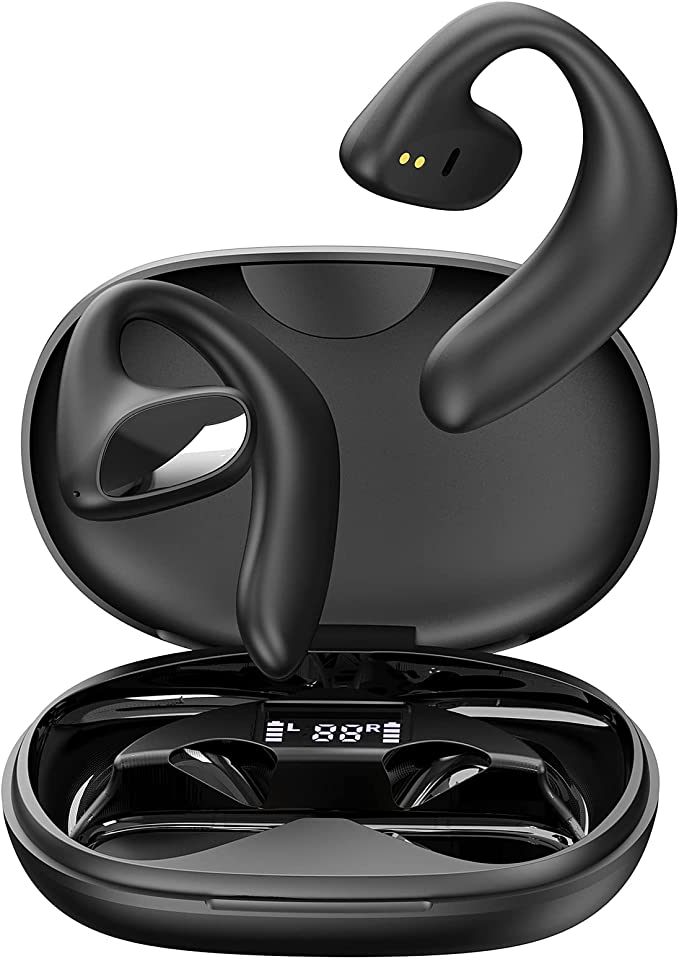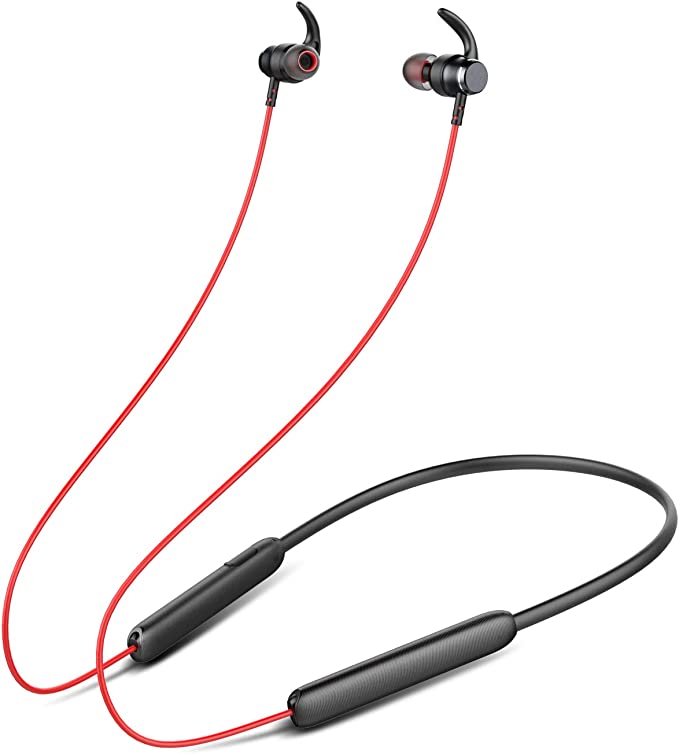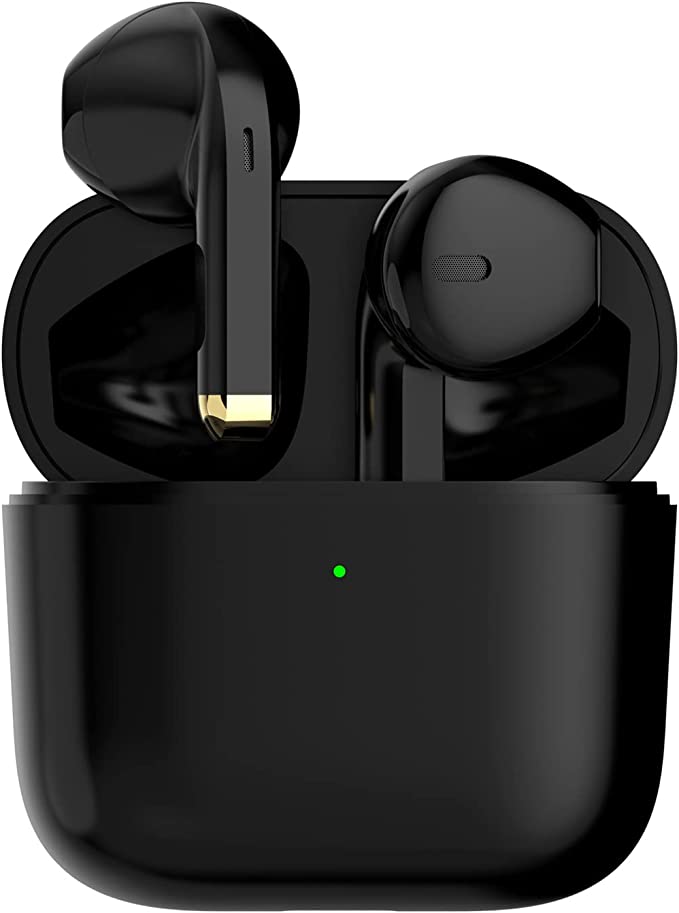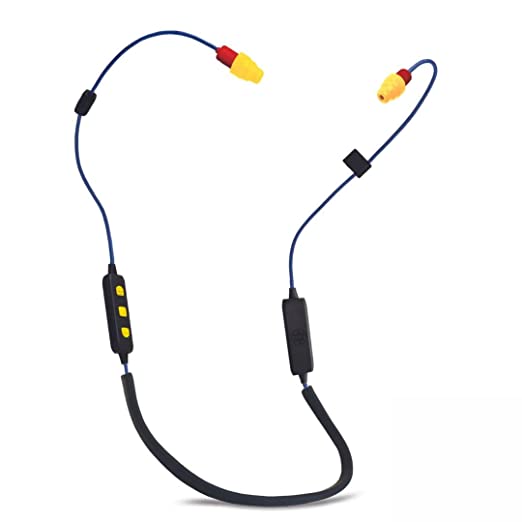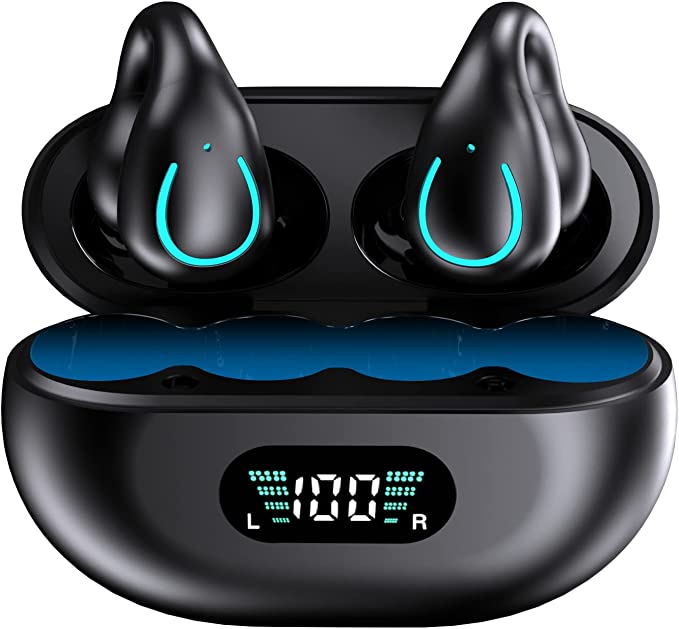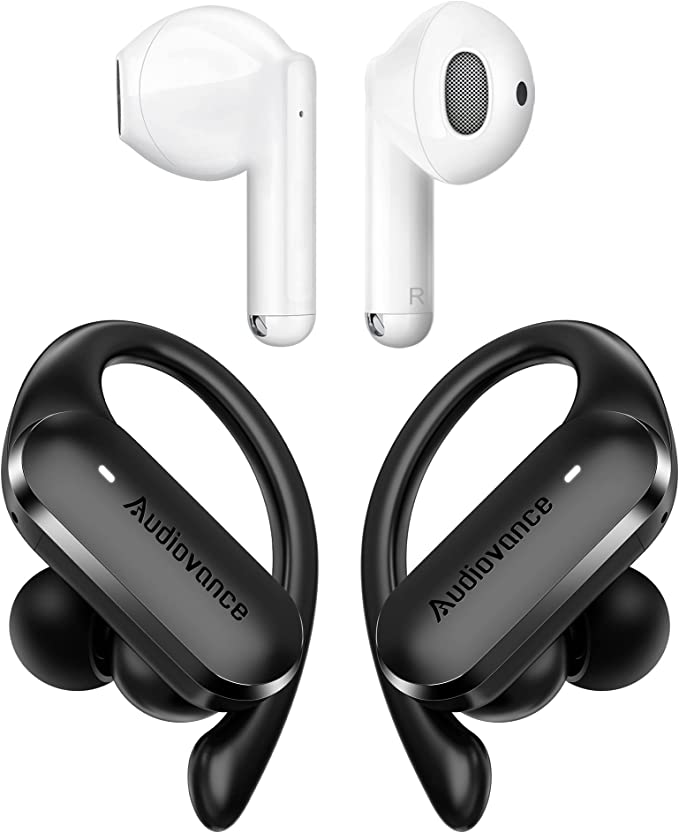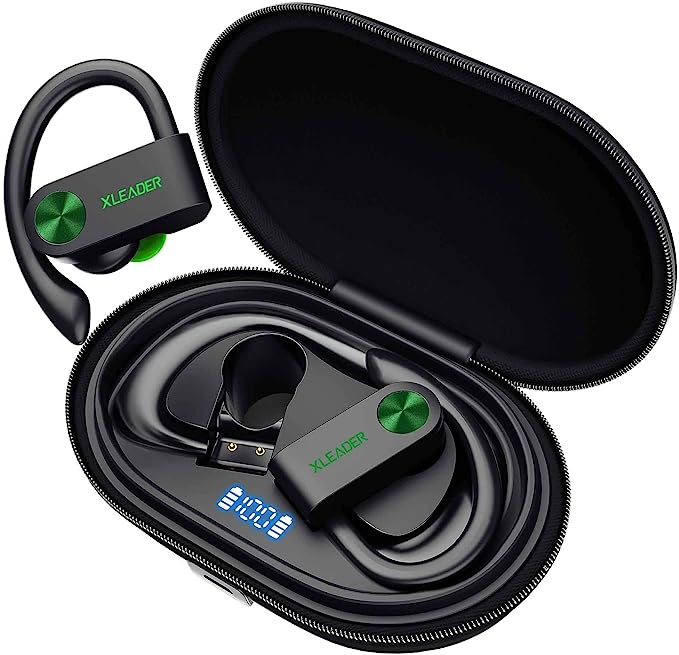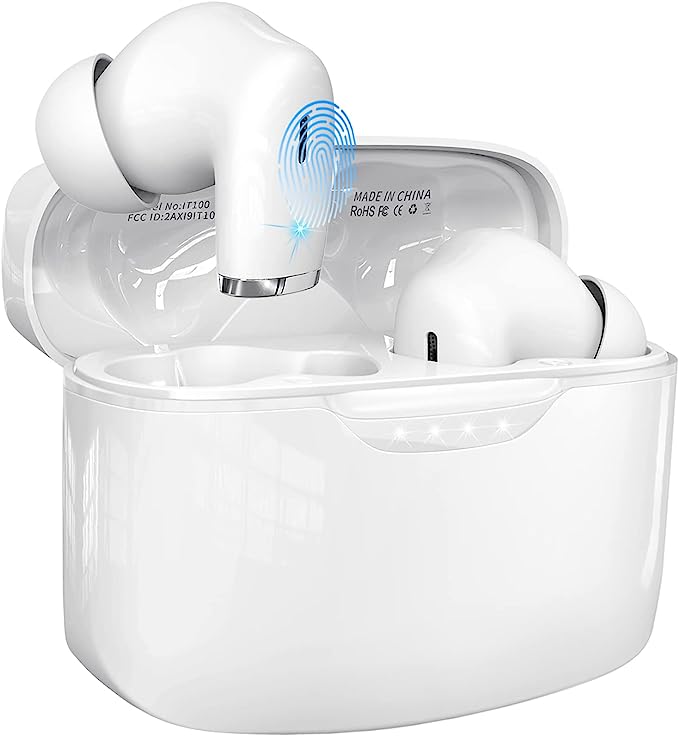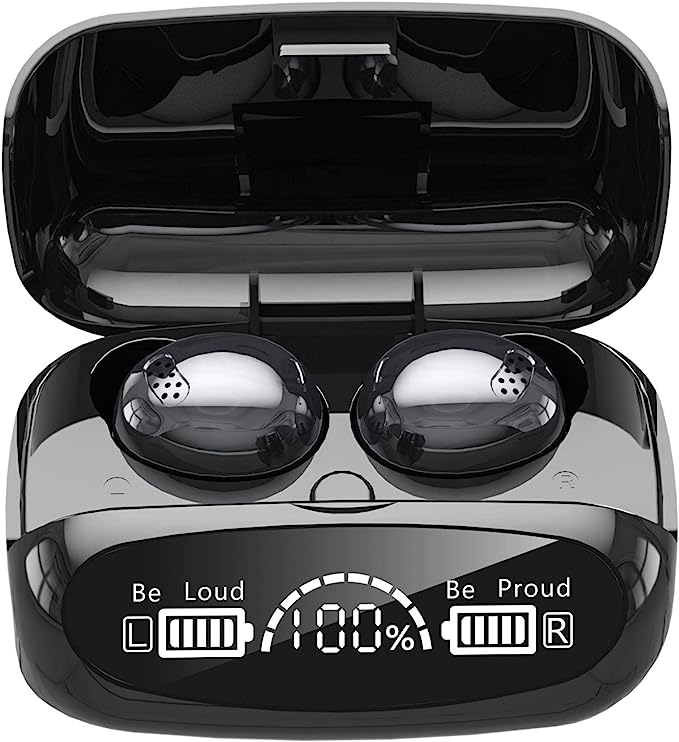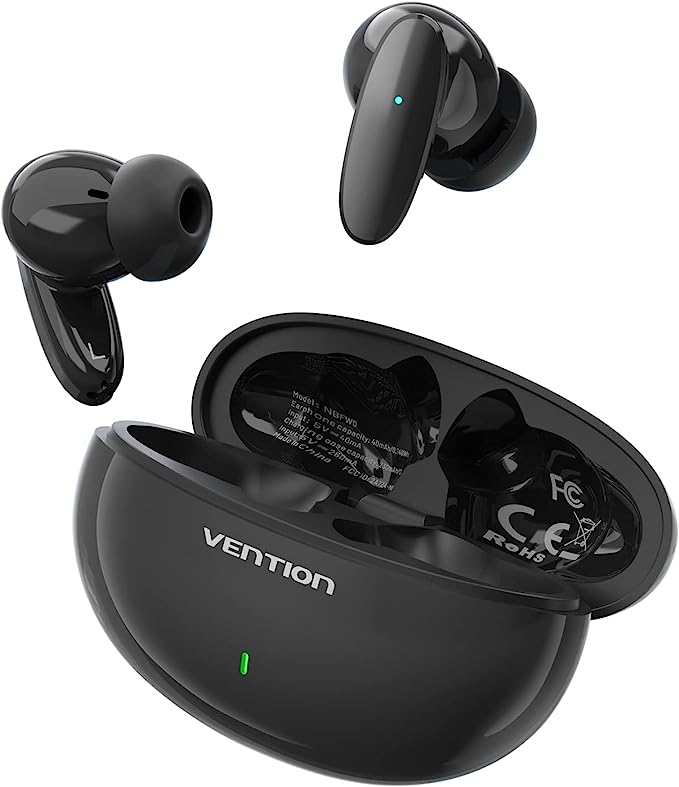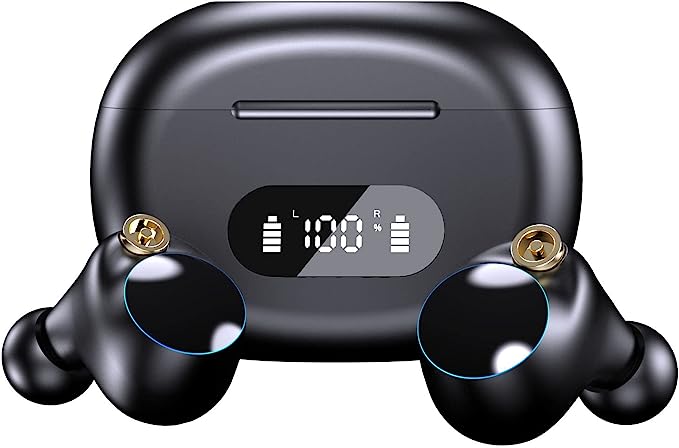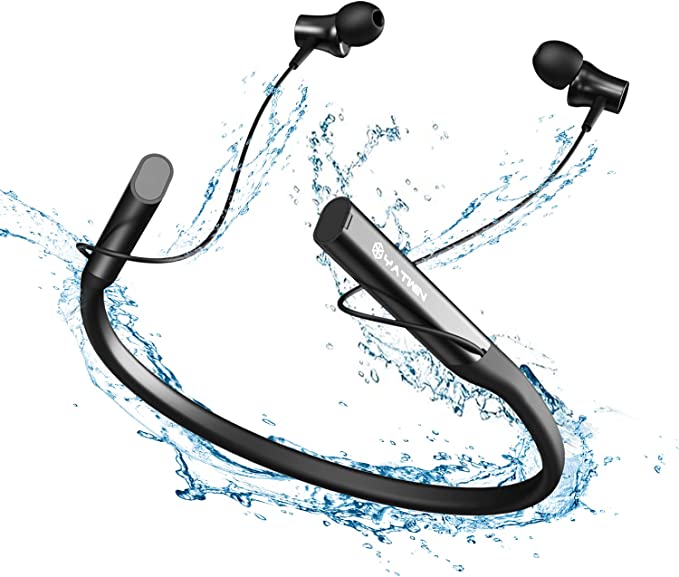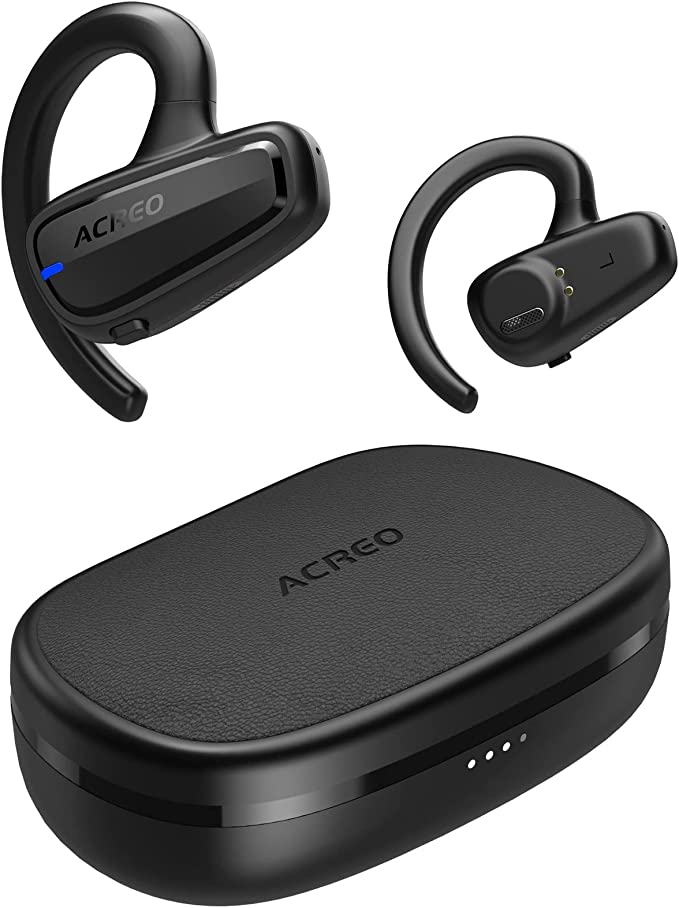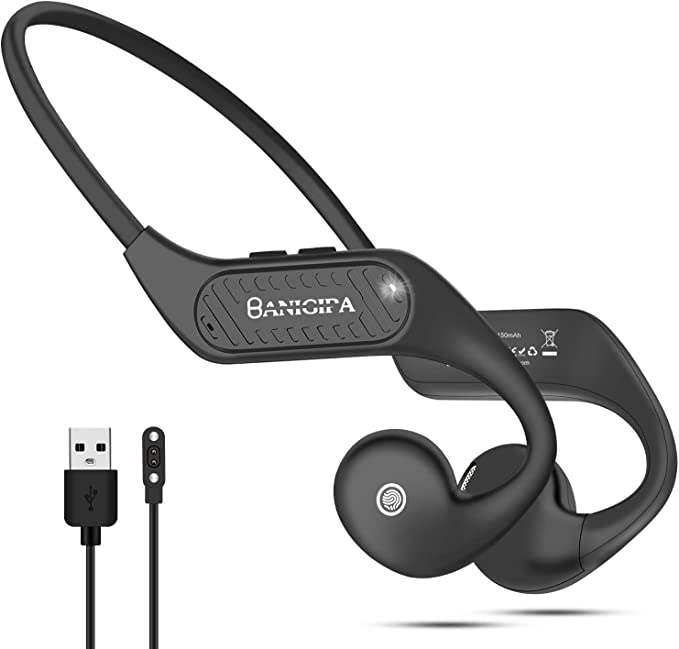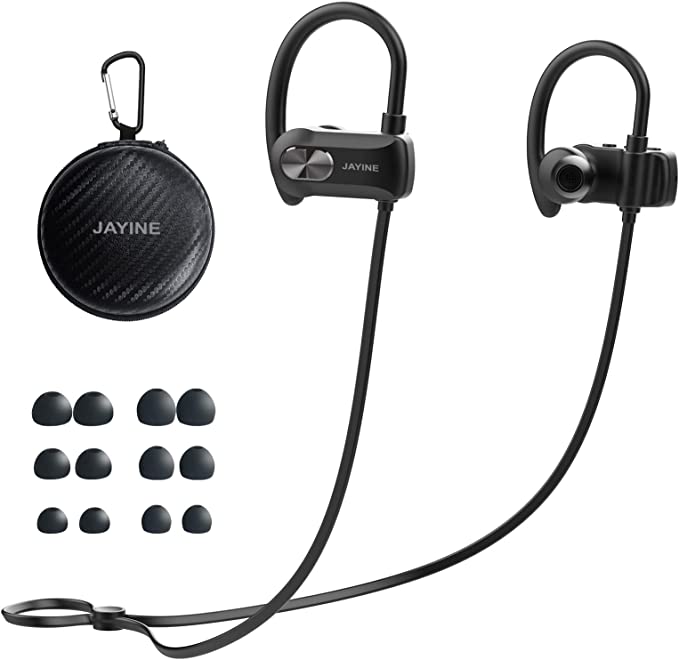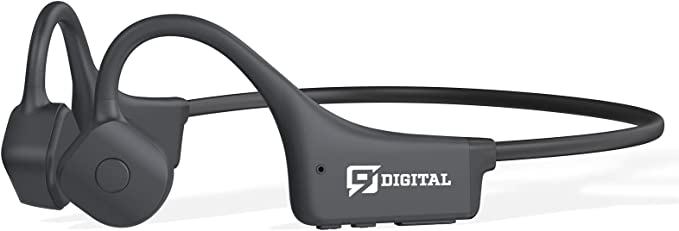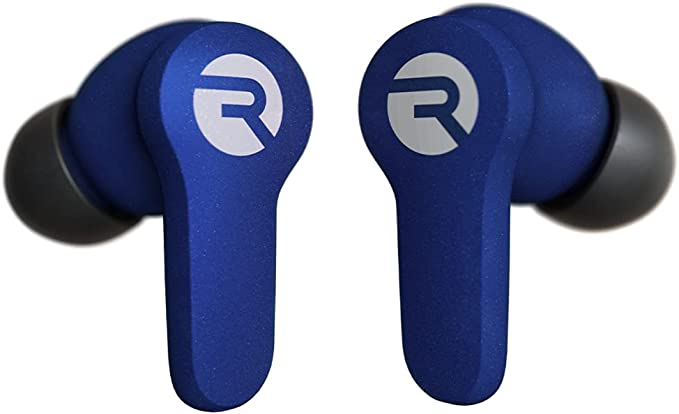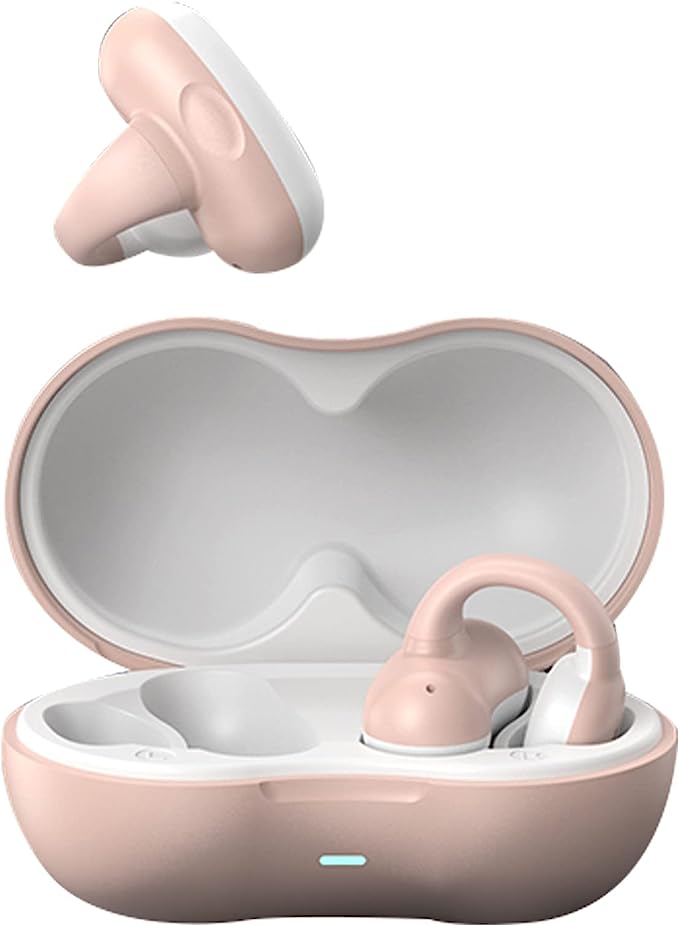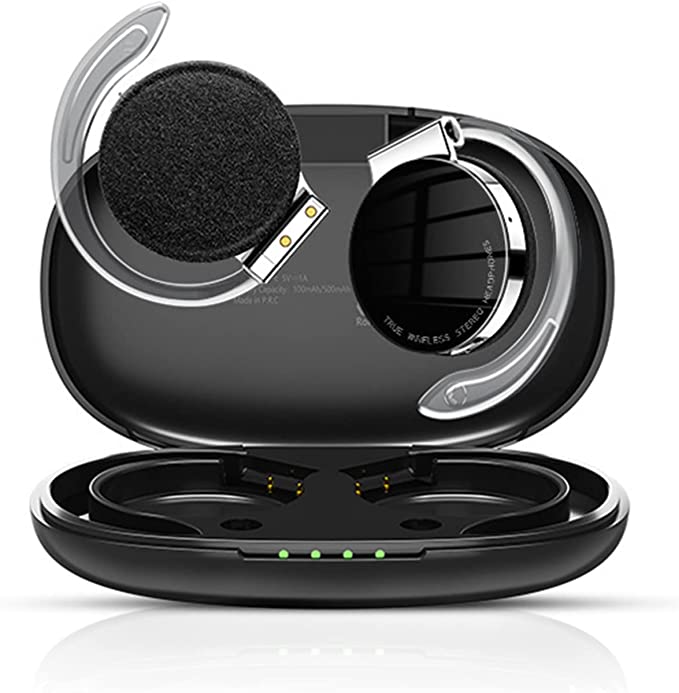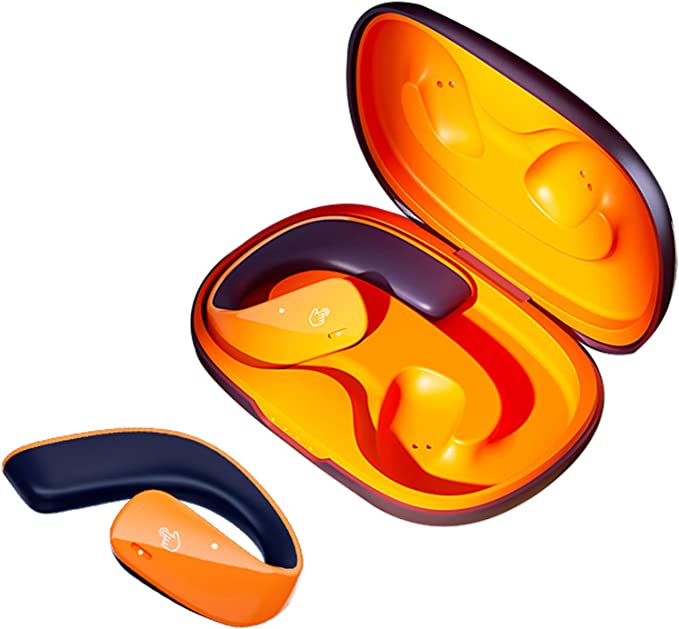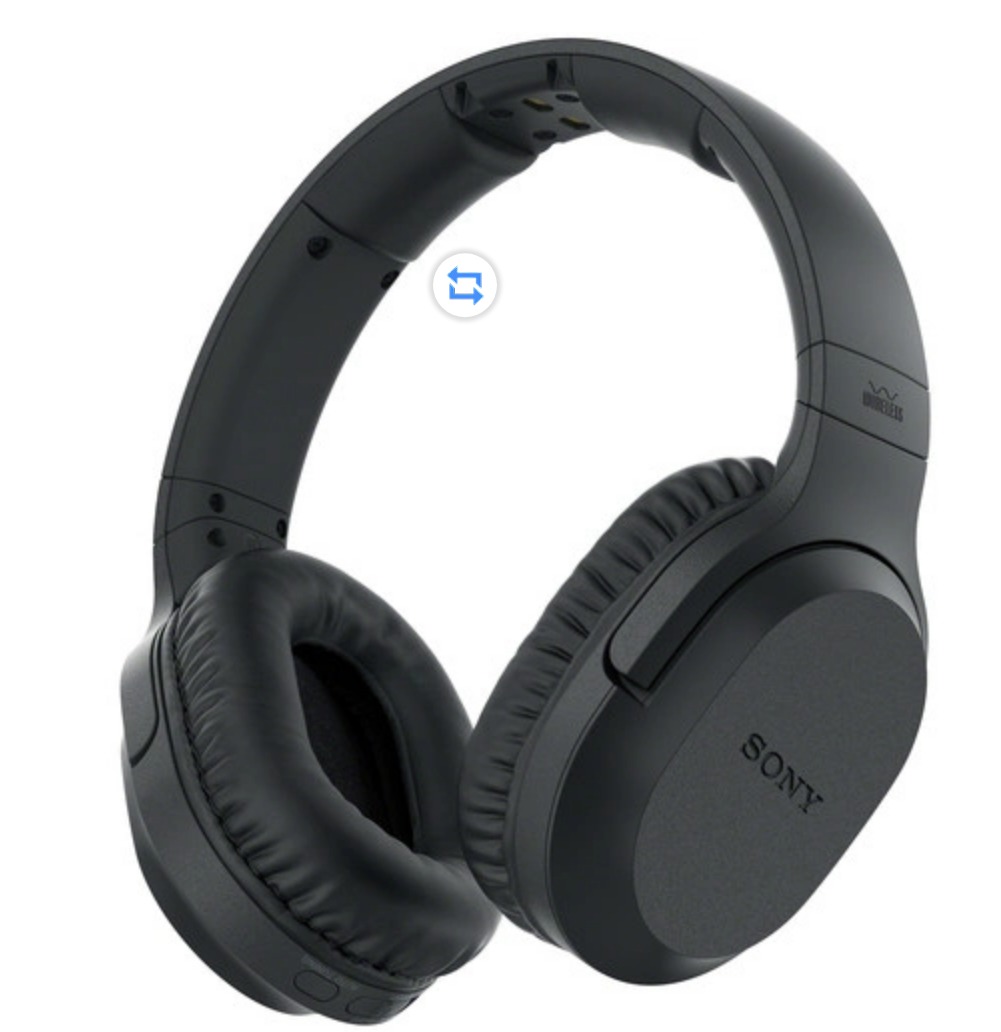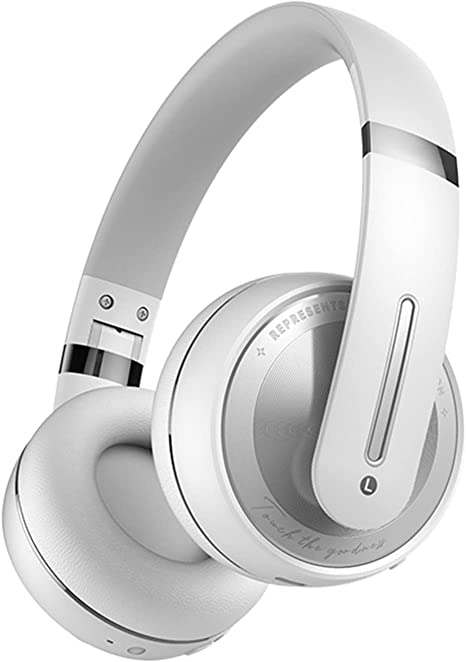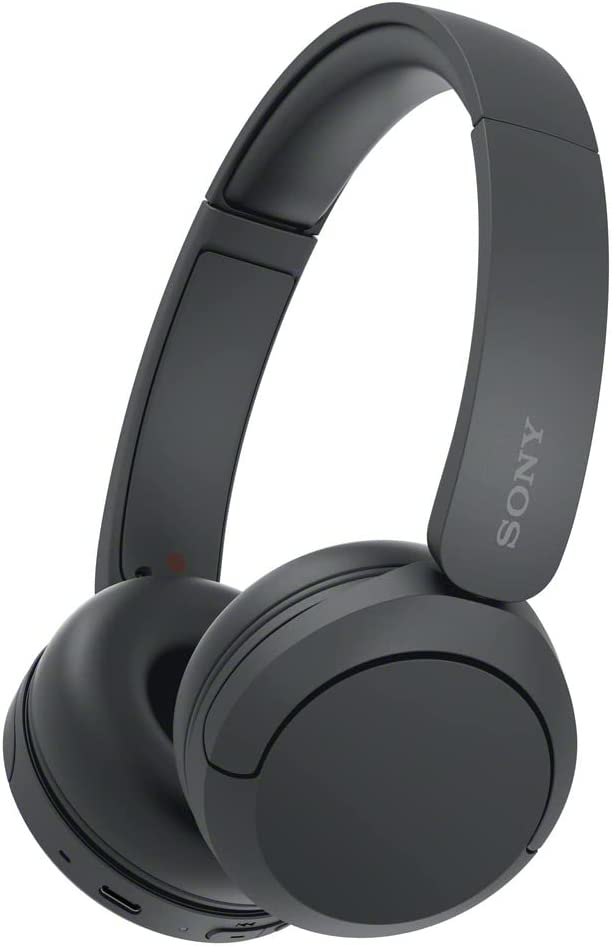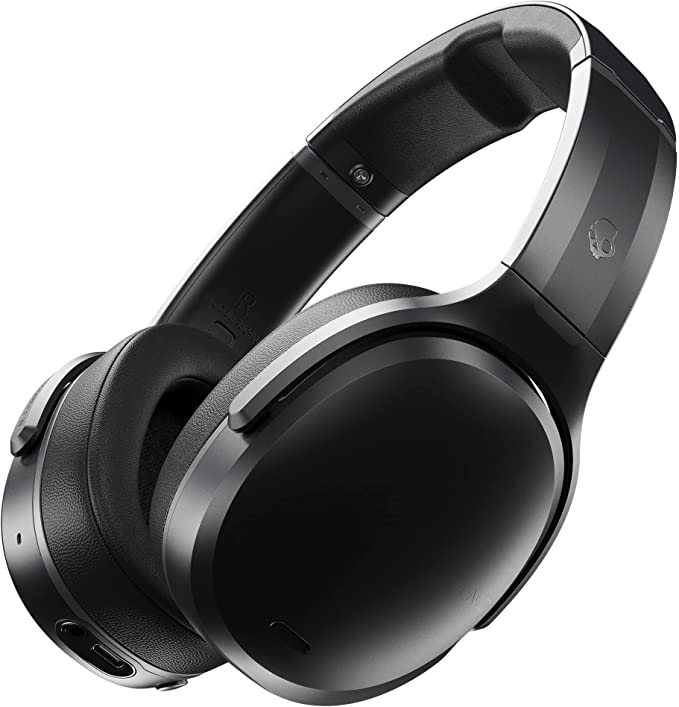Luisport T2 Open Ear Headphones: Enjoy Sound, Stay Aware
Update on Feb. 8, 2025, 11:34 a.m.
Headphones are everywhere. We use them to immerse ourselves in music, podcasts, and audiobooks, to take calls, and to create a personal soundscape in a busy world. But this immersion often comes at a cost: isolation. Traditional headphones, whether in-ear or over-ear, block out the sounds of our environment, making us less aware of what’s happening around us. This can be inconvenient, and in some cases, even dangerous. What if you could have the best of both worlds – enjoying your audio while staying connected to your surroundings? Enter open-ear headphones.

Beyond the Buzz: What Really Are Open-Ear Headphones?
Open-ear headphones represent a significant shift in how we experience personal audio. Unlike traditional headphones that seal off your ear canal (in-ear) or cover your entire ear (over-ear), open-ear headphones leave your ear canal completely unobstructed. They rest outside the ear, typically using a hook or clip to stay in place. This design allows you to hear both your audio content and the sounds of your environment simultaneously.
The key technology behind many open-ear headphones, including the Luisport T2, is air conduction. This might sound like science fiction, but it’s actually the way you hear most sounds every day.

The Luisport T2: Open-Ear Listening, Designed for Life
The Luisport T2 Open Ear Wireless Headphones are a prime example of how air conduction technology can be implemented in a practical, user-friendly design. These lightweight, over-ear headphones offer a comfortable and secure fit, allowing you to enjoy your audio without feeling cut off from the world.
Air Conduction: Sound Without Isolation
Let’s break down how air conduction works. When you hear a sound, it’s because something has created vibrations in the air. These vibrations travel as sound waves, reaching your outer ear and then traveling down your ear canal to your eardrum. Your eardrum vibrates, and these vibrations are then transmitted through tiny bones in your middle ear to the inner ear (cochlea), where they are converted into electrical signals that your brain interprets as sound.
Air conduction headphones, like the Luisport T2, deliver sound waves through the air to your eardrum, just like everyday sounds. This is in contrast to bone conduction headphones, which transmit sound vibrations through the bones of your skull, bypassing the eardrum entirely. While both methods allow for situational awareness, air conduction generally provides a more natural and balanced sound profile, as it utilizes the ear’s natural sound processing pathway. The Luisport T2 by using air conduction it gives the sound quality closest to a natural sound.

Bluetooth 5.1: The Unsung Hero of Wireless Audio
The Luisport T2 utilizes Bluetooth 5.1, the latest iteration of this ubiquitous wireless technology. But what does that actually mean for you? It’s more than just a number. Bluetooth 5.1 offers significant improvements over previous versions, particularly in three key areas:
- Lower Latency: Latency refers to the delay between when an audio signal is sent and when you hear it. High latency can be incredibly frustrating, especially when watching videos or playing games, as the audio will be out of sync with the visuals. Bluetooth 5.1 significantly reduces latency, providing a more seamless and immersive experience.
- Enhanced Connection Stability: Bluetooth 5.1 incorporates features like GATT (Generic Attribute Profile) caching, which improves the efficiency of reconnecting to previously paired devices. This means fewer dropped connections and a more reliable listening experience, even in environments with a lot of wireless interference.
- Improved Power Efficiency: Bluetooth 5.1 is designed to use less power, extending the battery life of both your headphones and your connected device (phone, tablet, etc.). This is achieved through optimizations in how devices communicate and manage their connections. This is all great news for the Luisport T2, paired with the charging case for 36 hours total listening time.
The Sound of Silence (Around You): Understanding Passive Noise Reduction
It’s important to note that the Luisport T2, like most open-ear headphones, utilizes passive noise reduction, not active noise cancellation (ANC). ANC is a technology that uses microphones and electronic circuitry to generate sound waves that “cancel out” ambient noise. While ANC is very effective at blocking out external sounds, it also requires more power and can sometimes create a feeling of pressure in the ears.
Passive noise reduction, on the other hand, relies on the physical design of the headphones to block or reduce external noise. In the case of the Luisport T2, the over-ear design and the way the headphones sit against your ear help to physically dampen some external sounds. While this won’t completely eliminate loud noises, it does provide a degree of noise reduction, allowing you to focus on your audio content without being overwhelmed by your surroundings. The benefit is you are still aware of your surroundings.

Your Ears Will Thank You: Open-Ear Headphones and Hearing Health
One of the most significant advantages of open-ear headphones is their potential to promote better hearing health. Noise-induced hearing loss (NIHL) is a serious concern, and it’s often caused by prolonged exposure to loud sounds, especially through traditional headphones.
Traditional in-ear headphones, in particular, can be problematic because they deliver sound directly into the ear canal at high volumes. This can damage the delicate hair cells in the inner ear, which are responsible for converting sound vibrations into electrical signals. Once these hair cells are damaged, they don’t regenerate, leading to permanent hearing loss.
Open-ear headphones, like the Luisport T2, mitigate this risk in several ways:
- Lower Volume Levels: Because you can still hear your surroundings, you’re less likely to crank up the volume to dangerous levels to drown out external noise.
- Reduced Pressure Buildup: The open design prevents pressure from building up in the ear canal, which can also contribute to hearing damage.
- More Natural Sound Delivery: Air conduction utilizes the ear’s natural sound processing pathway, potentially reducing the strain on the auditory system.
Open-Ear vs. In-Ear: A Head-to-Head Comparison
| Feature | Open-Ear (Luisport T2) | In-Ear (e.g., AirPods) |
|---|---|---|
| Sound Delivery | Air conduction | Direct to ear canal |
| Situational Awareness | Excellent | Limited |
| Comfort | Generally very comfortable, even for long use | Can be uncomfortable for some, especially long use |
| Noise Isolation | Limited (passive noise reduction) | Good to excellent (depending on fit and ANC) |
| Sound Leakage | More potential for sound leakage | Less potential for sound leakage |
| Hearing Health | Lower risk of noise-induced hearing loss | Higher risk of noise-induced hearing loss |
| Bass Response | Generally less powerful bass | Generally more powerful bass |
 |
||
| ## Living with the Luisport T2: Scenarios and Benefits |
Imagine yourself using the Luisport T2 in these everyday situations:
- Morning Run: You’re jogging through the park, enjoying your favorite upbeat playlist. With the Luisport T2, you can hear the birds singing, the rustling of leaves, and, most importantly, the sound of approaching cyclists or cars. You stay motivated and safe.
- Office Productivity: You’re working at your desk, listening to calming background music. A colleague approaches with a question. You hear them clearly without having to remove your headphones, allowing for seamless communication.
- Commuting on Public Transport: You’re on the train, listening to a podcast. You can still hear the announcements for your stop, ensuring you don’t miss your destination.
- Relaxing at Home: You’re listening to an audiobook while cooking dinner. You can still hear the doorbell ring when your guests arrive. You can wear them with glasses on, unlike many traditional headphones.
The Luisport T2, and the charging case are easy to bring on the go, with up to 36 hours of listening time, and touch controls for volume, track skipping, and answering calls. The language change is also controlled by a simple double-tap.
The Future of Sound: Where Open-Ear Technology is Headed
Open-ear headphone technology is still relatively new, but it’s rapidly evolving. We can expect to see further improvements in sound quality, battery life, and design in the coming years. As more people become aware of the benefits of open-ear listening – particularly for situational awareness and hearing health – this category is likely to grow significantly. Innovations like spatial audio and personalized sound profiles may also find their way into open-ear designs, further blurring the lines between the digital and physical worlds of sound.
Hearing is Believing: Making the Switch to Open-Ear
The Luisport T2 Open Ear Wireless Headphones offer a compelling alternative to traditional headphones. They provide a unique blend of audio enjoyment, situational awareness, and comfort, all while prioritizing your hearing health. If you’re looking for a way to stay connected to the world around you while still enjoying your favorite audio content, open-ear headphones are worth exploring. They represent a shift in how we think about personal audio – a shift that prioritizes not just what we hear, but how we hear it.
